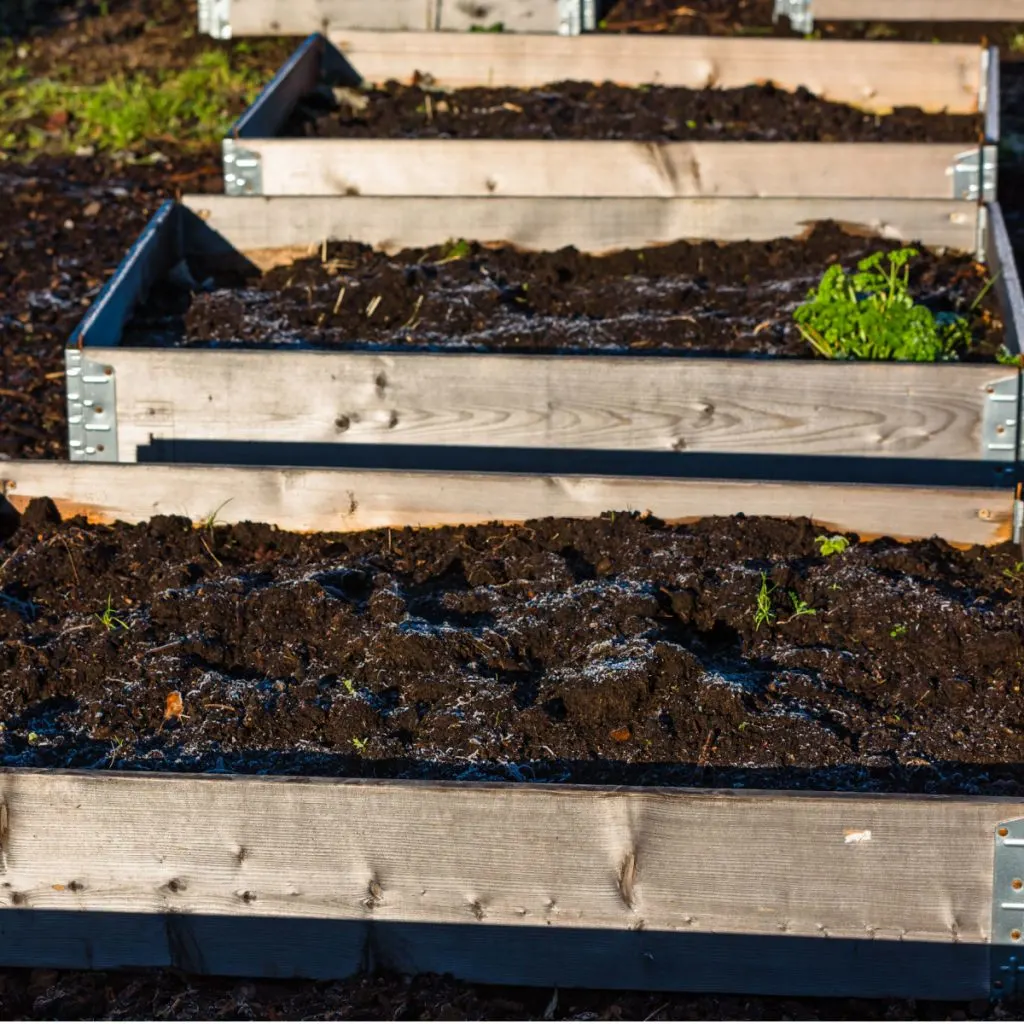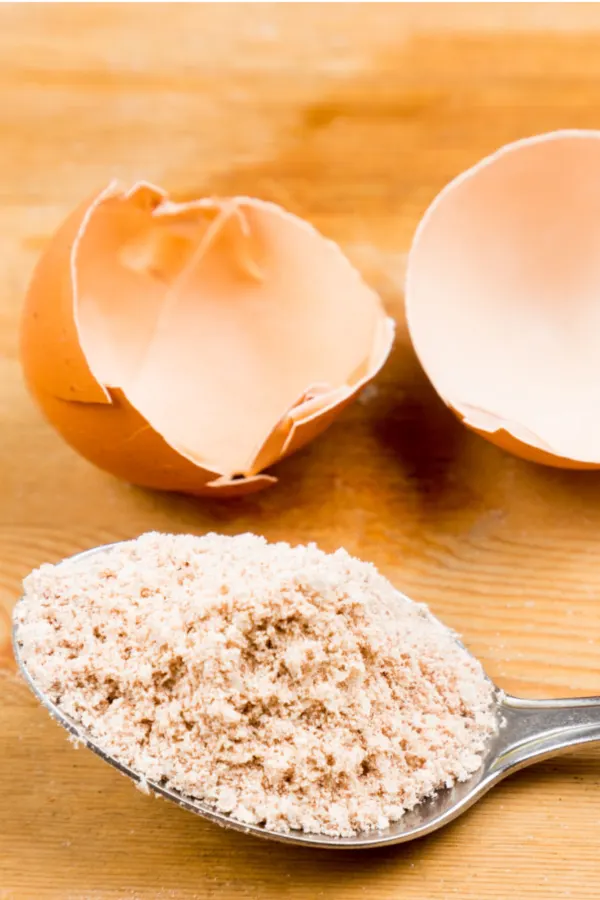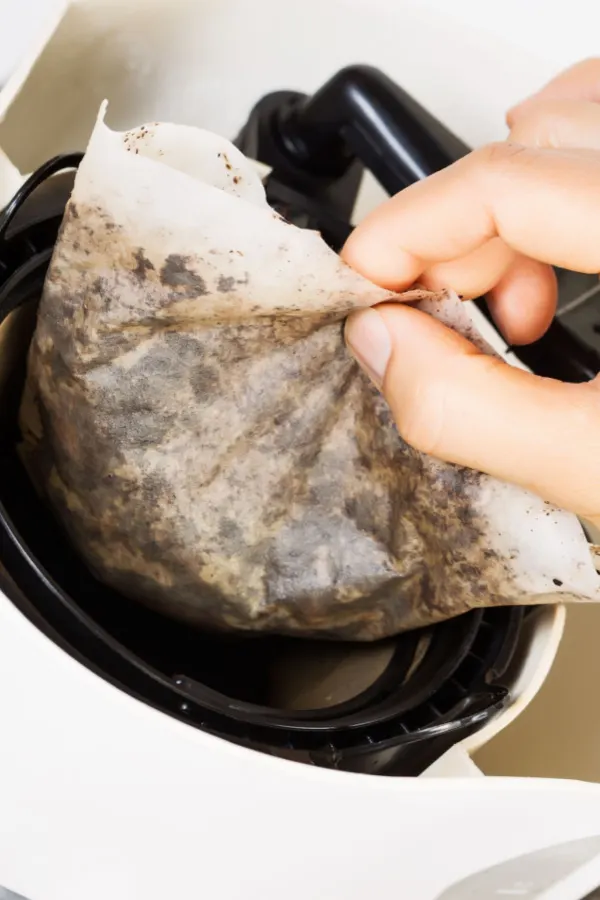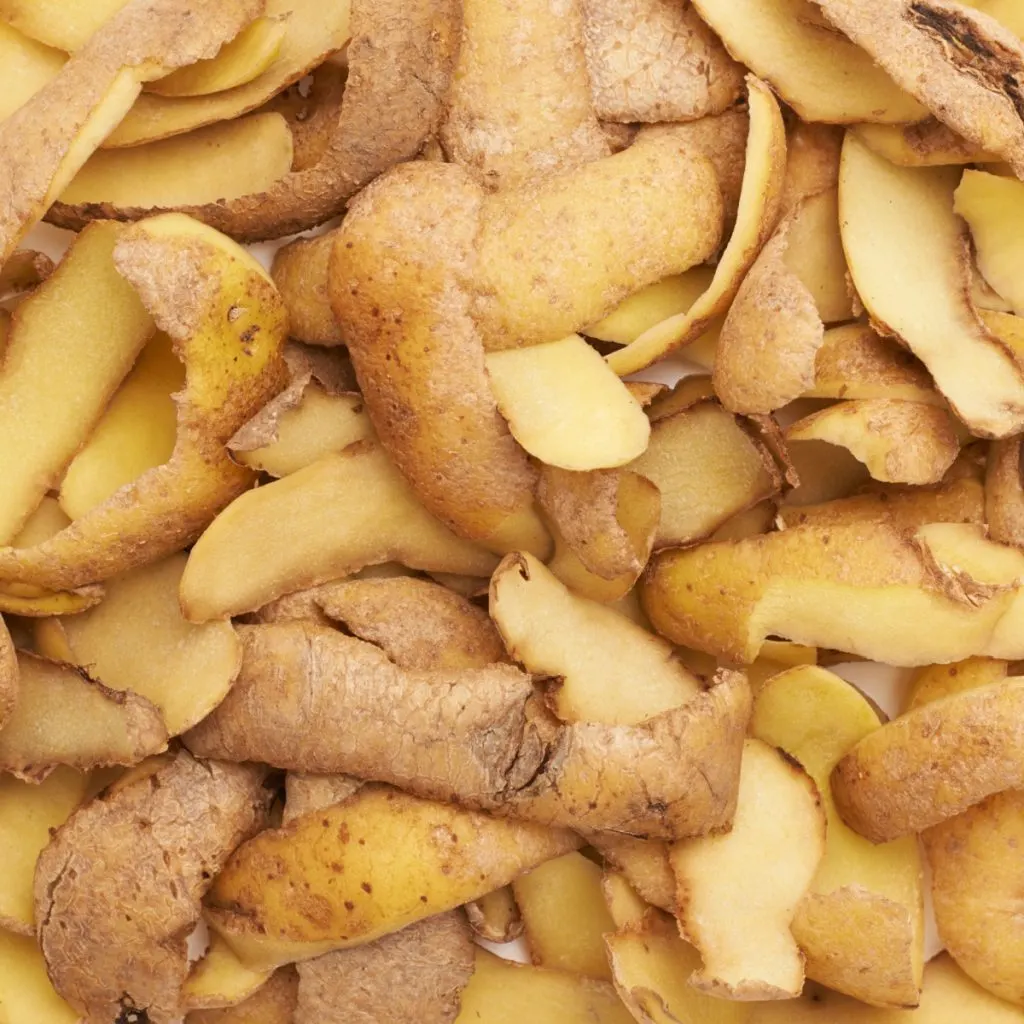One of the best times to recharge and rejuvenate the soil in your raised beds is over the winter months – and is it ever easy (and free) to do with just a few simple scraps coming from your kitchen!
All too often, gardeners growing in raised beds fail to re-supply the soil in their beds with fresh energy and life. Unfortunately, simply adding fertilizer is not enough to continue to grow healthy, strong plants. Soil also needs to have structure to sustain life.
The good news is you don’t have to replace all of the soil in your beds each year to keep it fresh. All you really need to do is recharge it. Of course, one of the best ways to do that is by adding fresh compost in the spring. But you can also power up your soil all winter long with four basic but extremely powerful ingredients that come right from your kitchen!

How To Recharge The Soil In Your Raised Beds Over The Winter!
As it turns out, there are four key by-products that come from nearly all kitchens that are incredible for putting nutrients and structure back into tired raised bed soil. Those four ingredients are egg shells, coffee grounds, banana peels and vegetable peels.
When applied correctly to your beds, all four ingredients break down fast to recharge soil. In fact, so fast that all four can be completely incorporated into your soil by early spring – just in time for planting.
Here is a look at how each of the ingredients add power – and how to use them to energize your raised beds all winter long!
Adding Egg Shells – How To Recharge Raised Beds Over The Winter
Eggshells are a simple but often overlooked way to add calcium and a host of other micro nutrients back into your soil. Calcium is essential for plants, helping to build strong cell walls. That, in turn, leads to healthy stems, leaves, and fruit.
Calcium is also key to prevent problems like blossom end rot in crops like tomatoes, peppers and egg plant. But the benefits of egg shells don’t stop just with calcium. The shells of eggs also contain magnesium, phosphorous, iron, zinc and potassium – all of which support plant growth as well.

But here is the big secret to using egg shells to power soil. Unfortunately, tossing whole or roughly crushed eggshells into your garden isn’t the most effective method. Large pieces take a long time to break down, and it delays the release of their nutrients.
Instead, for the best and fastest results, you need to grind eggshells into a fine powder before adding them to your soil. Pulverized shells break down quickly, allowing calcium and other nutrients to become available to plants almost immediately.
How To Grind Egg Shells With Ease
Making eggshell powder is easy with a coffee grinder or blender. To save time, rinse your eggshells to remove any residue, store them in a resealable freezer bag to prevent odors, and then grind them in batches.
You can even pre-crush the shells in the bag to make grinding easier. Affiliate Product Link: Basics Electric Coffee Grinder, Coffee Bean and Spice Grinder
To use, sprinkle the powdered eggshells evenly over your raised beds and work them into the top layer of soil. This helps them decompose faster and makes the nutrients readily available.
Aim to use about a quarter to a half cup of eggshell powder per square foot of soil. Over the winter, the powder will mix with the soil, releasing power slowly and steadily to then be ready to nourish your plants throughout the growing season.

Adding Coffee Grounds – How To Recharge Your Raised Bed Soil Over The Winter
Adding coffee grounds to your raised garden beds during the winter months is another easy and fast way to enrich your soil. The process requires minimal effort, and there’s no need to dry the grounds beforehand – that is as long as the soil in your raised beds is not covered by snow or frozen solid!
If your soil remains workable, start by digging a small hole a few inches deep. Next, simply drop in the grounds and cover them with soil. And here’s the great part – you can even include the filter they brewed with!
Coffee filters are actually 100% biodegradable. And they are great for adding more humus and structure into the soil. Many gardeners prefer to tear the filter into smaller pieces to speed up the decomposition process, but you’ll be surprised to find that even intact filters will break down completely by the time spring arrives.
So what if your ground is frozen for a few weeks throughout the winter? For those in colder climates where the ground occasionally freezes, there’s an easy solution to storing coffee grounds until the soil is ready for planting. A 5-gallon bucket works perfectly for this purpose.
Simply place the bucket outdoors and toss in both the coffee grounds and filters as you collect them. The cold temperatures act as a natural preservative, preventing mold from forming until the weather warms up enough to incorporate the grounds into your garden beds.
How Much Is Enough?
When it comes to the amount of coffee grounds you can add to your soil, a good guideline is to use two to three filters along with their grounds per square foot. By the time spring arrives, the coffee grounds and filters will have fully decomposed, enriching the soil with valuable nutrients and leaving it ready to grow.

And if you still have some leftover coffee grounds, not only are they great for your compost pile, they also happen to be perfect for powering houseplants indoors too! See: How To Use Coffee Grounds & Coffee To Fertilize Houseplants.
Using Vegetable Peels – How To Recharge Your Raised Bed Soil Over The Winter
Beyond coffee grounds, you can also use all of those vegetable peels coming from your kitchen to power your soil as well. The peels of potatoes, tomatoes, onions, apples, oranges and grapefruit all contain key nutrients that build soil health. And even better – they all break down fast!
To add, simply chop up as finely as possible and dig into your soil. All will break down quickly and help to power your soil well before spring arrives.
Using Banana Peels – How To Recharge Your Raised Bed Soil Over The Winter
Speaking of peels – there is one peel from a fruit that is more powerful than all. And that is the peel of a banana!
Banana peels are a fantastic source of essential nutrients like potassium, phosphorus, and calcium, along with trace elements such as magnesium and sulfur. These nutrients are vital for encouraging strong root growth, vibrant flowering, and healthy fruit development.
One of the greatest advantages of banana peels is how quickly they decompose. That helps to make their nutrients available to plants faster than most other organic materials. Their fibrous composition also contributes to adding organic matter to the soil, improving its texture, structure, and ability to retain moisture.

Adding banana peels to raised bed soil is incredibly simple. Start by cutting the peels into small pieces to help speed up decomposition. In addition, burying them a few inches deep will also accelerate the process. Burying them also prevents pests from being attracted to the garden. Once spring rolls around, check out even more tips on getting your raised beds ready for planting: How To Get Your Raised Bed Soil Healthy & Fertile – Before You Plant!
Here is to powering up and recharging your raised beds this winter. And even more, to bigger and better flowers and vegetables next summer!
Simple Garden Life
Follow Our Facebook Page For Even More Great Tips! Simple Garden Life Facebook Page
Simple Garden Life is a website dedicated to keeping gardening fun, simple and enjoyable! We publish two new articles each week along with a new garden podcast episode every two weeks. This article may contain affiliate links.
